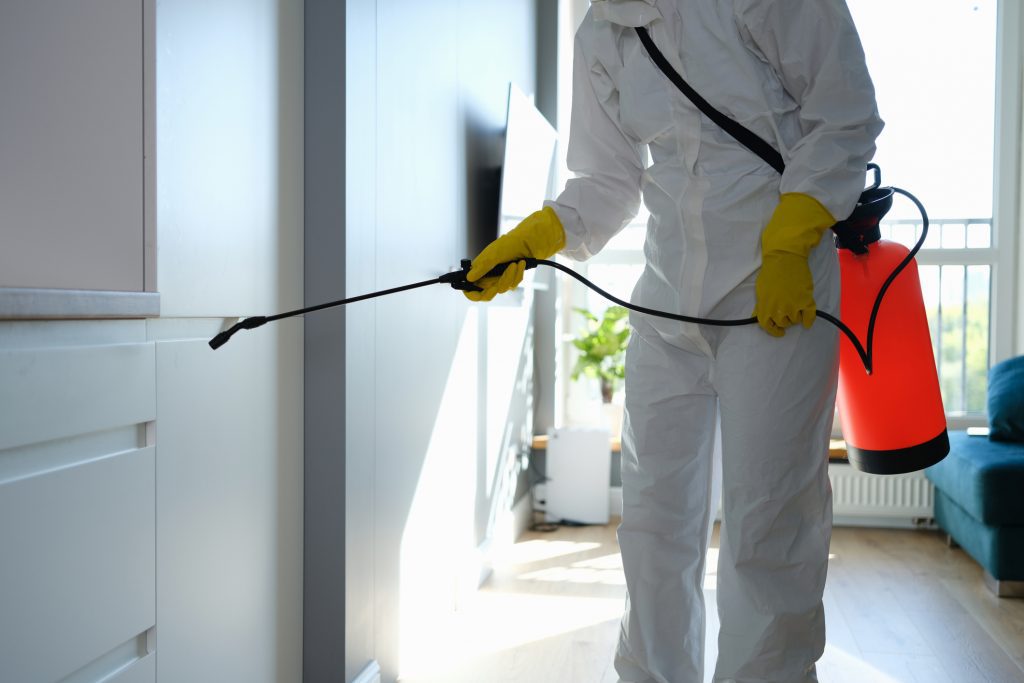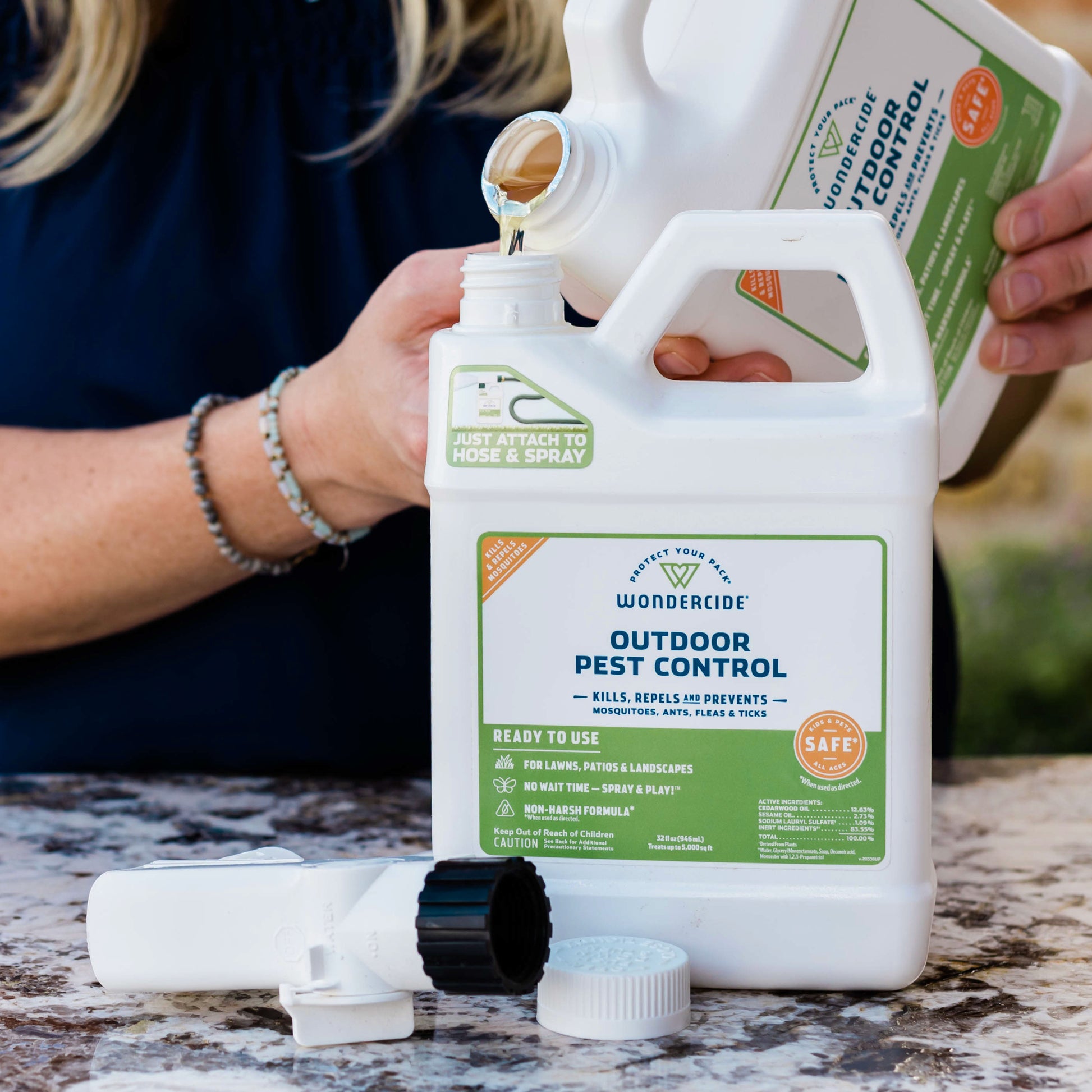Efficient Clovis Pest Control Solutions: Protecting Your Property
Efficient Clovis Pest Control Solutions: Protecting Your Property
Blog Article
Efficient Parasite Control Strategies for Long-Term Results
In the realm of preserving pest-free atmospheres, the mission for sustainable options has come to be a focal point for numerous seeking durable results. When it pertains to efficient insect control techniques that generate enduring results, a detailed approach is crucial. By linking approaches that deal with both instant issues and underlying elements, a structure can be laid for continual success in insect administration. As we browse with the intricacies of insect control methods designed for long lasting impact, the amalgamation of numerous strategies is vital.

Integrated Insect Management (IPM)
Carrying Out an Integrated Insect Administration (IPM) approach is necessary for successfully dealing with pest concerns in a eco conscious and sustainable fashion. IPM is a comprehensive method that concentrates on lasting avoidance of insects through a combination of strategies such as organic control, environment adjustment, adjustment of cultural methods, and making use of resistant selections. By integrating these various approaches, IPM aims to decrease the usage of chemical pesticides, consequently decreasing prospective damage to the environment, non-target organisms, and human wellness.
As soon as insects are identified, the following action is to implement a combination of control procedures based on the particular bug species, the level of the invasion, and the possible risks entailed. This tailored approach not just successfully manages pests yet also assists in avoiding future episodes, making IPM a sustainable and economical solution for parasite control.
Correct Cleanliness Practices

Architectural Repairs and Exclusion
Effective bug control approaches typically demand structural repairs and exemption steps to fortify buildings against pest intrusion. Structural fixings involve taking care of any cracks, gaps, or openings in the structure's foundation, wall surfaces, roofing system, or home windows that pests can exploit to get. By sealing these entry factors, you can substantially lower the probability of insects such as rodents, insects, and various other undesirable intruders from penetrating your property.
Along with repair services, executing exclusion procedures is crucial for see this here long-term insect control success. This involves setting up deterrents or barriers to stop bugs from getting in the framework. Usual exclusion techniques consist of installing door sweeps, displays on home windows, and mesh vents to maintain parasites out while still permitting proper air flow.
Routine evaluations to identify and deal with potential entrance points, incorporated with proactive architectural repair work and exclusion strategies, develop a durable defense versus bugs. By prioritizing these steps, homeowner can produce an unwelcoming setting for parasites, ultimately resulting in long-term bug control success and a pest-free living or functioning room.
Natural and Eco-Friendly Solutions
To complement the structural fixings and exclusion measures intended advice at strengthening structures versus pest breach, discovering all-natural and green services offers a lasting approach to long-term insect control. Natural bug control methods leverage biological, mechanical, or physical procedures to manage and get rid of bugs without counting on synthetic chemicals. For instance, introducing all-natural killers like ladybugs to battle aphids in yards or making use of diatomaceous planet to control creeping pests work green solutions. Furthermore, employing techniques such as crop rotation, keeping proper cleanliness practices, and sealing access factors can aid stop parasite infestations without damaging the atmosphere.
Eco-friendly bug control services not just minimize the ecological effect of traditional chemical pesticides however likewise promote biodiversity and overall environment health and wellness. By avoiding making use of severe chemicals, natural pest control methods add to a much safer living setting for humans, pets, and helpful pests. Embracing these lasting methods not only addresses instant pest worries yet additionally ensures lasting bug management with marginal eco-friendly disturbance.

Regular Tracking and Maintenance
Routine best site tracking and maintenance practices play a crucial role in sustaining long-lasting insect control efficacy within household and industrial settings - clovis pest control. Constant tracking allows for the very early discovery of bug invasions or indicators of insect activity, enabling timely treatment prior to the situation rises. Routine evaluations of vital locations vulnerable to pest breach, such as entry points, storage space areas, and landscape design features, are vital to recognize and address possible pest concerns proactively
Moreover, regular upkeep of the building is crucial in decreasing elements that draw in parasites, such as food resources, water buildup, and shelter possibilities. Applying appropriate cleanliness methods, repairing architectural damages, and getting rid of clutter can add significantly to developing an atmosphere less congenial to insects. Additionally, ongoing maintenance of bug control actions, such as traps, baits, and exemption methods, guarantees their performance in preventing pests gradually.
Verdict
Finally, taking on an Integrated Pest Management strategy, maintaining appropriate cleanliness techniques, conducting architectural fixings and exemption, utilizing environment-friendly and natural solutions, along with regular tracking and maintenance are efficient approaches for achieving long-term bug control outcomes. clovis pest control. By executing these methods in a organized and extensive fashion, people and services can successfully take care of insect problems and avoid infestations from persisting
Once insects are recognized, the next action is to implement a mix of control procedures based on the particular parasite types, the extent of the invasion, and the possible dangers involved.Efficient parasite control approaches usually require structural repair work and exclusion measures to fortify buildings against pest invasion.To match the architectural fixings and exemption steps aimed at strengthening buildings against pest breach, discovering all-natural and eco-friendly options offers a lasting strategy to long-term parasite control. Natural parasite control techniques leverage organic, mechanical, or physical measures to handle and get rid of parasites without relying on synthetic chemicals. Additionally, recurring maintenance of insect control actions, such as catches, lures, and exclusion approaches, guarantees their performance in deterring insects over time.
Report this page